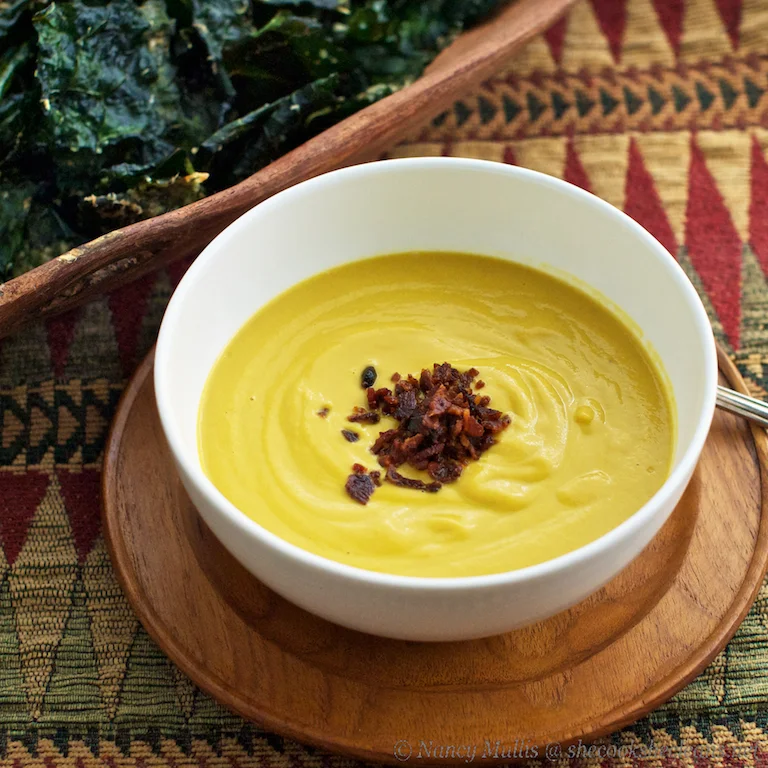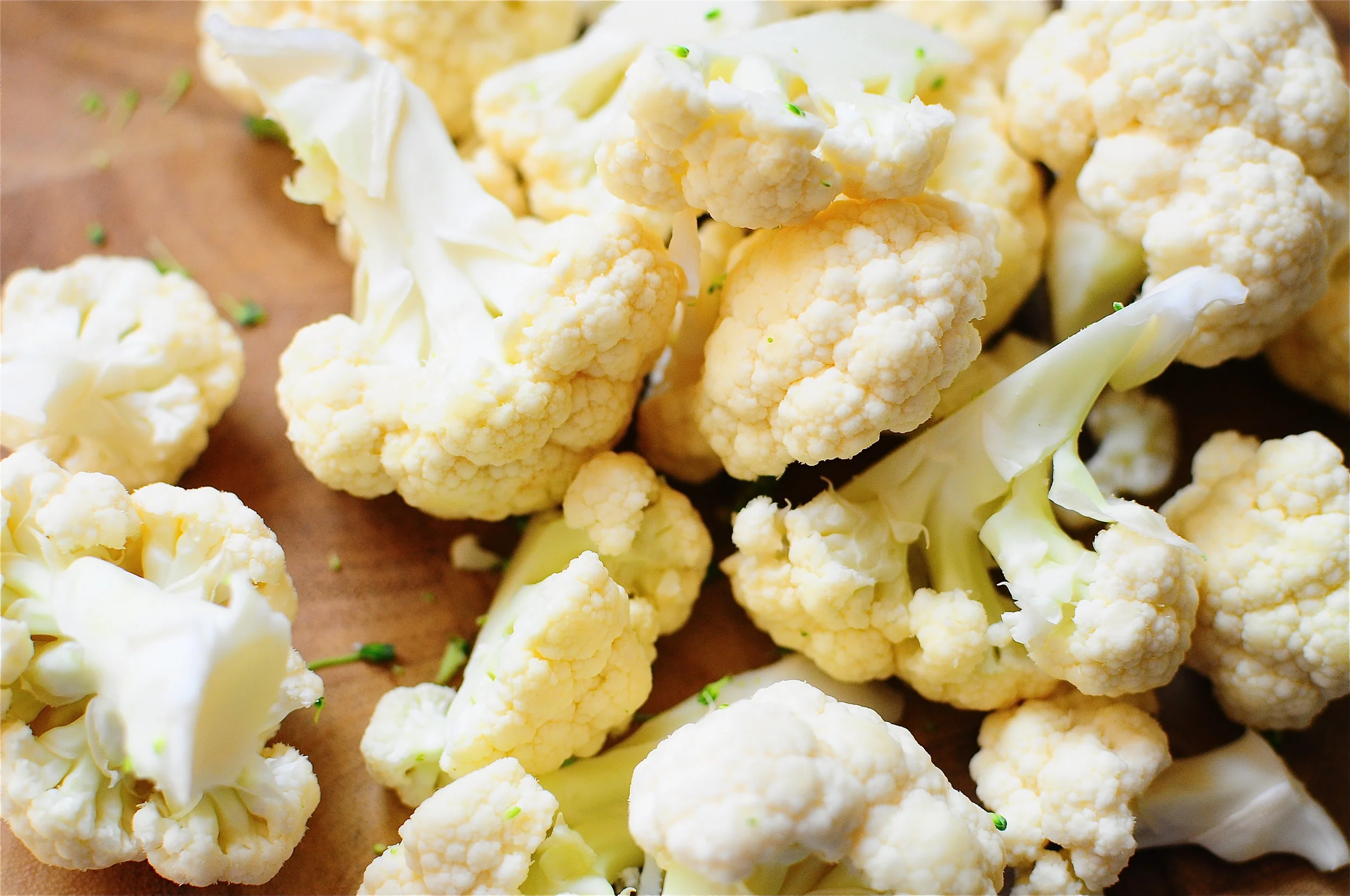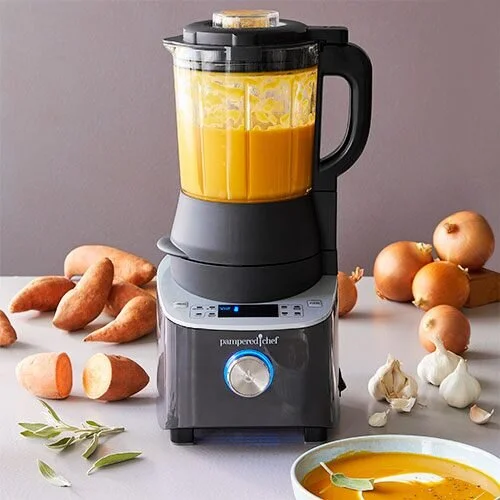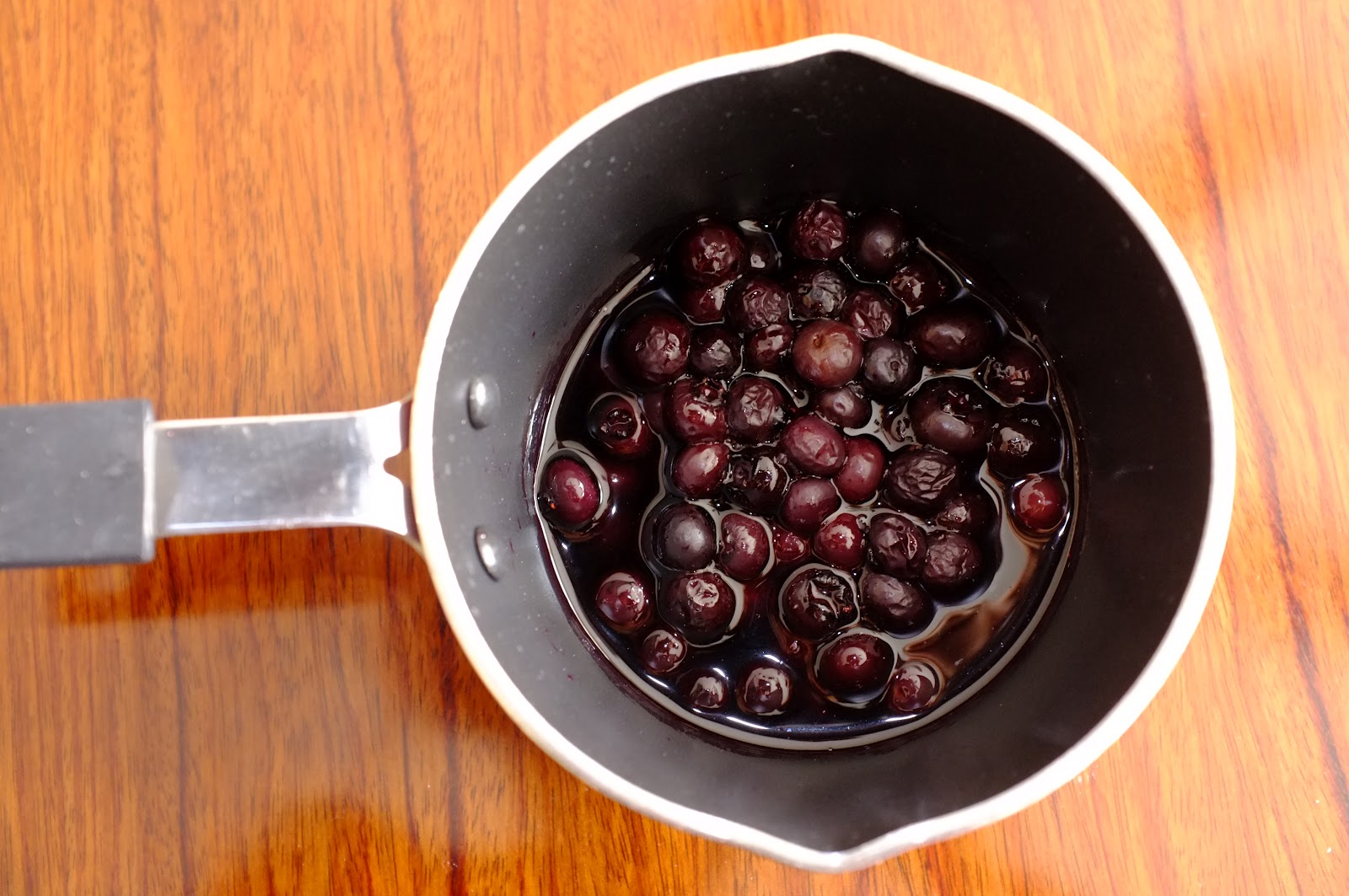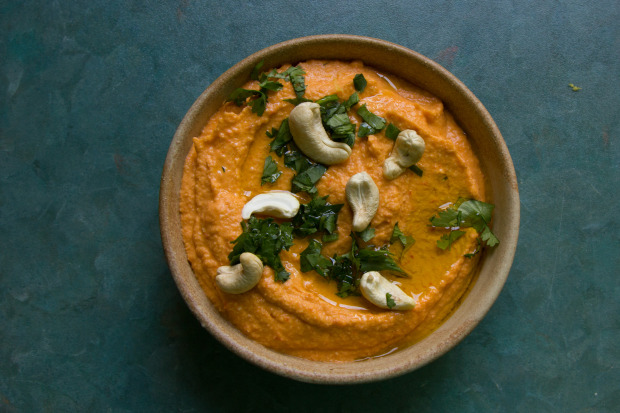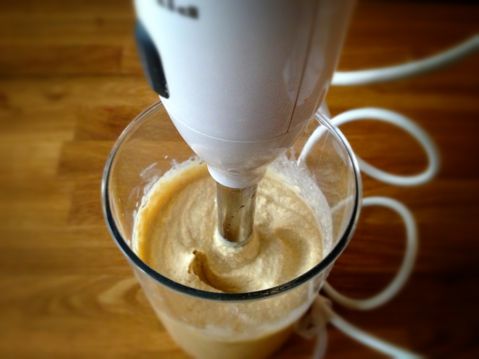rest
In this post I will discuss adrenal fatigue, my personal experience, and Dr. James L. Wilson’s book Adrenal Fatigue: The 21st Century Stress Syndrome. This book covers: what adrenal fatigue is, how diet, sleep, exercise, and well-being affect our adrenal glands, the importance of relaxing and enjoying life, everyday stressors and hormones, how protein and good quality fat can help, why cutting down on grains, sugar, and processed foods can give us more energy, and how knowledge is power towards the growth we have the potential to see in ourselves and our health.
My adrenal glands
I had mild adrenal fatigue in 2014. I feel reaching towards balance in terms of energy, stress, and eating well is a path not a destination I will arrive at perfectly :) I have found it easier to get to bed between 10 and 10:30 pm since I took a break from eating grains, sugar, and processed foods with trans fats/hydrogenated oils in them. I have also not been drinking alcohol. I wanted to balance my blood sugar and hormones. I walk 4-7 miles and do 30-45 minutes of yoga a day. I recently sustained an injury that has not allowed me to do a lot of cardio so I am paying attention to portions of fat and yet I have lost weight!
I experience adrenal fatigue after a big move, a change in relationship, a stressful work week or a lot of travel, and when there are things in my life I want to change and yet feel stuck or held back from for various reasons I create. It feels a lot like being tired and sick of being sick and tired! I noticed I can feel very sad, irritable and quick to react negatively, hopeless, and just not the bright shinny self I am used to being. I know there are many factors and yet from what I learned about the hormonal role of the adrenal glands in mood and sleep I feel now I know better how to support myself.
I know that if I eat well, I’ll sleep better, that this will help me with the will power to eat better the next day, and that it will be a empowering cycle as opposed to a up hill climb I am constantly battling. Who needs to add extra stress, eh? It took a while to make this habit (about a year) and yet it is starting to feel more normal now. I am maintaing a healthy weight and I have more energy for things that will help me makes the changes I want and to be more creative and expressive as in writing this blog and connecting with you :) Share your stories with me below! Have you experienced anything like this that may be adrenal fatigue?
If you want to learn more about the why behind what I learned about adrenal glands and how this motivated change, read on.
Dr. James L. Wilson
“The purpose of the adrenal glands is to help your body cope with stresses and survive...Adrenal fatigue, in all its mild and severe forms, is usually caused by some form of stress. Stress can be physical, emotional, psychological, environmental, infectious, or a combination of these. It is important to know that your adrenals respond to every kind of stress the same, whatever the source.”
~ Dr. James L. Wilson Adrenal Fatigue: The 21st Century Stress Syndrome
In Dr. James L. Wilson’s book Adrenal Fatigue: The 21st Century Stress Syndrome he explores adrenal fatigue which can also be referred to as hypoadrenia and hypoadrenalism. Wilson explains that Adrenal Fatigue is common and yet for many it is uncharted territory. Adrenal Fatigue is a condition of the adrenal glands and is aggravated by normalized stress. We often do not give ourselves enough time to rejuvenate and rest. This is something we can empower ourselves to change and that we can recover from. Diet and lifestyle adjustments play a key role in regaining our inherent vitality.
Wilson estimates that approximately 80% of Americans suffer from mild to severe adrenal fatigue at some point.
It is not something that is commonly diagnosed or considered by a majority of doctors on an everyday basis. When we are stressed, tired, overworked, and/or suffering from difficult life changes all at once this is a lot for the body and particularly the adrenal glands to take. Consistent, sudden, and/or prolonged stress make it nearly impossible for the adrenal glands to regulate properly.
what can help?
Wilson reminds us to keep it simple. If we can relax, retrain ourselves to participate in things that we enjoy, eat well, and engage in restorative exercise we help our adrenal glands. Good quality sleep, playing, laughing, singing-or whatever brings on happiness and peace can contradict fatigue and the signs and symptoms of adrenal fatigue. I don't want to assume you as the reader are experiencing this and yet I am sure you can look around at your community and see that a lot of people are tired. Many people complain about fatigue in American culture. I especially hear this from people who are constantly under pressure, taking on a lot a once, and/or are suffering from loss/illness/disease. The highs are high and the challenges are fierce. Chronic stress can quickly turn into feelings of being stuck, hopeless, and depressed.
I have been addressing my own adrenal fatigue this past year as I was in my course to become a certified a Nutritional Therapist Practitioner. It is a practice to not eat sugar or processed food. Also getting to bed between 10-10:30 pm has been a challenge for me! The information in this book gave me the why which has helped to motivate me in times when I feel: Why do I need to do this again? Cause my mom told me to? That doesn't do it for me. I need the physiological reasons. If you enjoy that too, read on.
how do the adrenal glands work?
When beginning to understand adrenal fatigue it’s helpful to look at how the adrenal glands work. They sit right above our kidneys (ad-renal) and are about the size of a large grape. The adrenal glands help to regulate hormone function, stress management, and on a more primal level they help us to stay alive. They manage the stress hormones involved in our reactions to a boss or a co-worker who may be particularly challenging, to loss of an important relationship, disease, or a move to a different area.
Primal man did not have the everyday stressors we now face. As mentioned earlier, the adrenals regulate hormones. Epinephrine/adrenaline is an emergency hormone. When we were faced with a life or death situation as primal man we had to fight for our life or to flee. The release of this emergency hormone would allow our body to temporarily pause other functions, such as digestion to give everything we have to fight off the animal or other life threat. The hormonal balance plays a large part in our overall health. If we are stressed to the point of emergency on a regular basis hormones like adrenaline (and another important one is cortisol) surge through our system much more than they were designed to. When this is the case it makes sense that our bodies get tired and sick.
Continual stress can often lead to blood sugar imbalance as the pancreas comes into play to secrete insulin based on the hormonal status of our adrenals. This could contribute to the rise in blood sugar imbalances/illnesses such as diabetes, hypoglycemia, hyperglycemia, and many addictions that involve sugar such as sweets and alcoholism. I believe they are inextricably interconnected. No wonder our medical professionals have been telling us for years, learning to manage stress is vital to health. And wouldn't you know it; our basic needs are so easily compromised. At the end of the day we need to be loved, we yearn to play and laugh, and we benefit from whole healthy food, sleep, hydration, fun, and exercise. Hopefully all of these can be integrated to form a great quality of life.
In terms of blood sugar regulation the key players are the pancreas, the liver, and the adrenal glands. These all need to be healthy and in harmony for us to sufficiently eliminate toxins, process and release the energy and life force we need, and to optimally absorb our food. When we utilize the nutrients found in food well we can live with our full vitality. It is particularly important that we utilize good fats and that we are able to convert fats into energy and to store it properly. This impacts how we feel, if we have enough energy, or if we feel real tired a lot of the time. This has been a great eye opener for me to see how my body systems are so intimately intertwined.
What we do matters!
If we are in constant stress we shut down important processes. When we are stressed we interrupt digestion (as we talked about before because the body thinks we are in a constant state of emergency, even if it has become normal and every day to us). When digestion is disturbed we can experience symptoms such as bloating, acid reflux, and other signs that our gastrointestinal tract (GI) is having trouble. This is not only caused by adrenal fatigue and yet one malfunction can aggravate another malfunction. We need to be relaxed at some point every day (hopefully more) so that our bodies can catch up, digest, and restore what has been used up. I was having such incredible bloating and discomfort in my digestion while in school, working full time, and trying to engage in loving relationships. I slowed down to eat my meals more enjoyably and put my attention on eating and chewing. Slowing down has changed the way I interact with my every day stress and when and how I eat.
Can you take a break and sit down to eat? Do you sit some where you like?
Blood sugar dysregulation, adrenal fatigue, and other related ailments can contribute to undesirable mood swings, irritability, anxiety, hypertension, exhaustion, and emotional distress (hopelessness and depression-a general feeling of being stuck). Sounds like stress doesn't it? It can also aggravate other imbalances such as food intolerances/extreme food allergies, seasonal allergies, emotional/physiological distress, and more. Really once we learn more about our adrenal function we can ask ourselves: does what I do everyday support a good quality of life? Am I happy, do I have time to relax, am I set up to have time to enjoy my life? This is a useful tool that I am taking away from this book. Wilson has reminded me to pay attention to making time for my deep breathing techniques, to chew my food, and to slow down and enjoy life.
Knowledge ~ It’s a beautiful gift, isn't it?
Sometimes it can be challenging for our loved ones and doctors to recognize adrenal fatigue. In the medical world most health care professionals are taught to think of the adrenal glands and the diseases associated with them in terms of the extremes: Addison's and Cushing’s disease. The cause of adrenal fatigue is not taught in many medical schools. Big businesses associated with medical funding may have something to do with this. You can imagine why. If the major things that aggravate our fatigue are work/emotional stress (being a successful worker bee to make money) or sugar (refined carbohydrates, alcohol) you can imagine the folks that make money from these products/labor want to keep making money. Stressors like processed food/sugar/alcohol are all highly addictive. It’s not our fault they are hard to give up! They are designed this way.
Wilson provides a questionnaire that is helpful in determining one’s level of adrenal fatigue or if this is something you may be suffering from. It is by no means a diagnosis. The information gathered from the questionnaire provides self-knowledge and help towards understanding health. How are you right now? How do you want to be? Wilson also has a place on his website where you can look up the area you live in to see if there are health care practitioners who have experience with adrenal fatigue near you. Wilson’s Adrenal fatigue website provides more information about adrenal fatigue and what the reader can do to be empowered.
what foods can help?
Wilson recommends certain foods to stay away from as well as ones to enjoy. In general, as we discussed, blood sugar regulation is thrown off by stress and processed foods with sugar. These stressors put a strain on our current nutritional storage (foods such as refined carbs take the nutrients from the body that they are devoid of providing) as does alcohol. Sugar aggravates our fatigue. Wilson recommends limiting our intake of sugars of all kinds and especially in place of refined carbs he recommends eating whole grains of high quality. Ezekiel bread is great.
A few aspects of Wilson’s food recommendations differ from my method/approach. I picked up my style of eating and prepping food from the NTA (Nutritional Therapy Association). This is where I received my certification as a Nutritional Therapist Practitioner. Wilson doesn't go into a lot of detail about properly preparing grains. I feel it is helpful to understand how to prepare our foods. This can make all the difference when restoring optimal health. Whole grains should be properly soaked and sprouted; the best is to get from organic, local, and high quality sources if possible. The more we know about where our food comes from, how it has been handled, processed, and stored the better. It takes more work to get the nutrients we need from foods such as grains, legumes (beans, etc.), and dairy.
This being the case I have learned the joys of eating vegetables such as watermelon radishes, turnips, carrots, greens, green beans, and occasionally potatoes instead. They are satisfying and hearty. Root vegetables are easier to prepare and are even more delicious as it turns out! I steer towards the less starchy root veggies like radishes and eat them with good quality protein and fat to help regulate blood sugar. Yes it takes preparation and diligence. It is entirely worth it!!
We should also be aware that even though fruit can offer us many wonderful vitamins, minerals, and fiber at the end of the day it is still sugar. If you are beginning to cultivate an individual awareness around sugar in take and adrenal function and you still want to eat fruit maybe try cutting it in half. Half an apple or a pear is a good place to start. Kiwis, apples, pears, and berries are some of the fruits that have the least stressful sugar response on the body most of the time. Blueberries are my favorite! It really depends on the person if fruit will be beneficial or not in the process of healing the adrenal glands. Fruit eaten with a handful of nuts or coconut, or a small portion of nut butter is better. The good quality fat helps the sugar of the fruit not to spike blood sugar as drastically.
In terms of practice, whether or not to eat fruit depends on the practitioner and the client. Sometimes it is not useful for the person who is suffering from blood sugar dysregulation and/or adrenal fatigue to eat sugar, grains, or fruit at all. This decision is ultimately up to the client. The best option for an individual depends on what the NTP (Nutritional Therapist Practitioner) recommends based on the information that has been gathered from the client.
If one has determined through their own introspection and the help of a health care professional that they are suffering from some level of adrenal fatigue there are foods and supplements, life style changes, and behavioral adjustments that can support the road to recovery. Another important point Wilson makes is that we CAN recover and we have the power with us right now to do it! We can determine the people, things, food, and personal habits that are draining us. We can reevaluate how we incorporate these puzzle pieces into our lives.
Foods that can help are more protein, good fats, and less starchy nutrient rich high quality vegetables. The quality of the food is very important because when we are deficient and fatigued we need the highest dose of healthy vitamins and minerals possible. If you eat meat and animal products, seafood, liver, eggs, organic grass fed beef with access to pasture, bone broths, fresh and fermented vegetables, kefir, kombucha, and properly prepared nuts and seeds can be a big help (organic and local when possible is best). I have recipes on the blog that can help you. No worries!
processed food aggravates adrenal fatigue
Staying away from fast food, processed food, and sugars will lift the spirits and improve vitality. This doesn't happen overnight. With sufficient rest (Wilson recommends at least 8 hours and sleeping in between 7-9 am whenever possible), restorative exercise, and love and happiness we can feel better. In terms of sleep this is hugely important to adrenal recovery. It may seem obvious and yet things can change for the better when we put our attention on specific aspect of our lives. Wilson recommends being in bed by 10-10:30 pm (of course this is based on what the schedule allows), eating regular meals (with good fats, protein, and vegetables at every meal), and eating dinner earlier at 5 or 6 pm of possible. Also, for some a light fatty snack like a handful nuts, avocado, or nut butter before bed can be helpful.
Portioning is also important because over eating can spike the blood sugar in a detrimental way. Most importantly, try to enjoy your food and relax! This is not a stressful diet that triggers perfectionist patterns of feeling bad about our bodies or ourselves. This is about loving this life we are so blessed to have received and empowering ourselves again. We can do this, we can support ourselves and each other, and now we have more information on how to do that.
There are also helpful supplements out there. If you are so inspired please feel free to talk to your health care professionals or doctors about your options.
I <3 Dr. Wilson
To sum it all up friends, my experience has confirmed that slowing down helps with adrenal recovery. There is some much we can do: chew our food, sit down while we eat, enjoy who we are with, eat alone in a peaceful place, lie down when we are tired, take breaks, walk and smell the flowers, kiss and hug the people we love, embrace our creative sides and the hobbies that bring us joy, honor our spirits and our bodies with yoga, breathe deep, find our happy places on the stressful commute, and/or take a bath to relax-whatever it is that brings us zestfulness. We can practice our bliss and ask ourselves to keep track of what supports our health and of what takes it away.
Here’s to more in our lives that fuels our fires and brings us love and light!
Your,
Amelia
Soundtrack:











